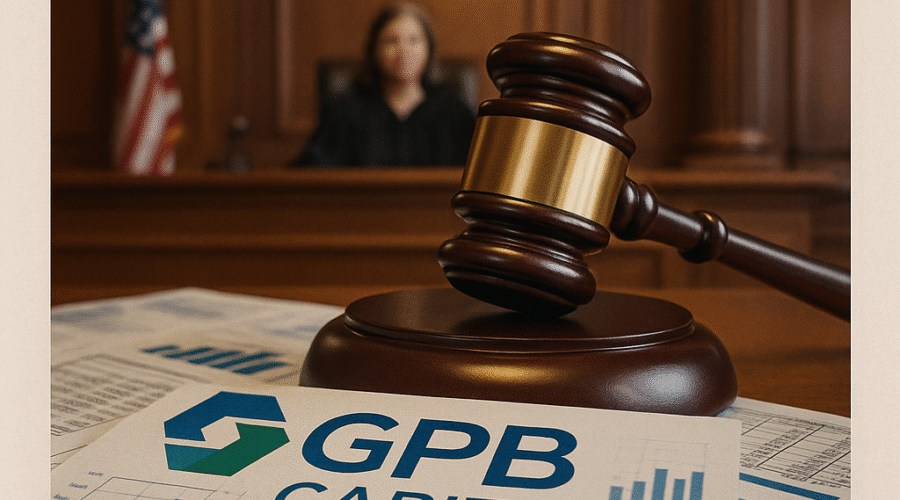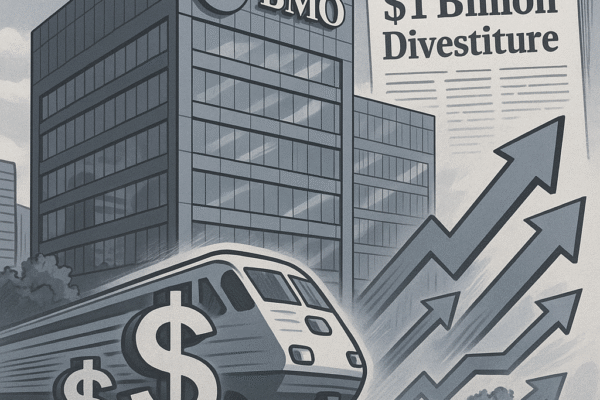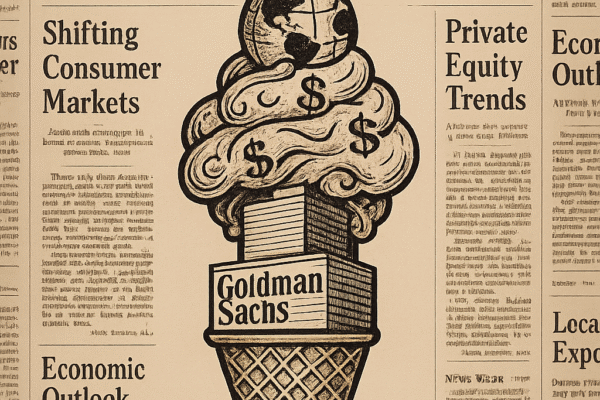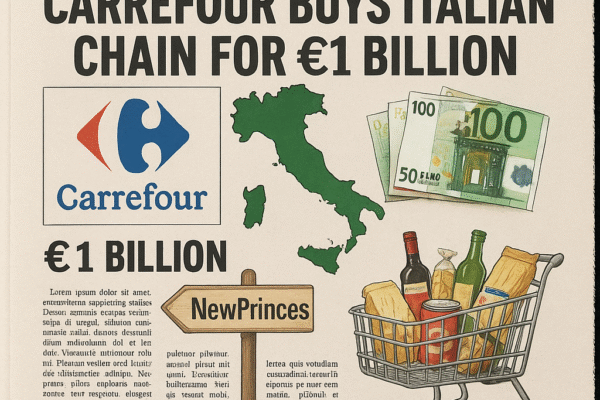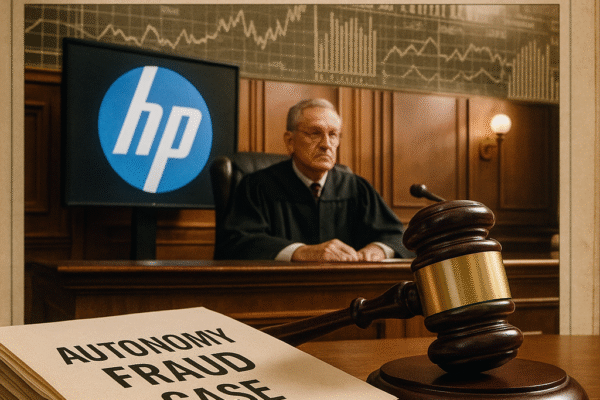David Gentile, founder of GPB Capital Holdings, received a seven-year federal prison sentence on May 9, 2025, for orchestrating one of the largest private equity frauds in U.S. history, while co-conspirator Jeffry Schneider was sentenced to six years[1][6][10][12]. The sentences cap a seven-year investigation into a scheme that misappropriated $1.6 billion from over 17,000 investors through fabricated financial guarantees and Ponzi-style distribution payments[3][8][12]. U.S. District Judge Rachel P. Kovner rejected defense pleas for leniency, noting the “calculated exploitation of retail investors seeking yield in a low-rate environment”[6][12].
Architecture of Deception: GPB’s Fraudulent Framework
Corporate Structure and Fund Mechanics
GPB Capital operated through eight limited partnership funds targeting accredited investors, with Ascendant Capital (Schneider’s firm) serving as exclusive placement agent[4][5][12]. The funds specialized in automotive dealerships (67% of assets) and waste management (22%), promising 8% annual distributions from operational income[1][5][15]. Internal audits later revealed portfolio company valuations had declined 40% by June 2019, with $98 million in investor capital diverted to sustain distributions[3][5][16].
| Metric | Reported (2018) | Actual (Court Findings) |
|---|---|---|
| Annual Distributions | $128M (Operational Income) | $98M (Investor Capital) |
| Auto Portfolio Valuation | $850M | $510M |
| Management Fees | 2% AUM | 4.5% AUM + $15M Stipends |
Fraudulent Tactics and Financial Engineering
The scheme relied on three interlocking mechanisms: backdated performance guarantees for auto dealerships, circular capital flows between funds, and inflated EBITDA calculations[3][6][14]. Prosecutors demonstrated that 63% of 2016-2018 distributions came from new investor subscriptions rather than operational cash flows[5][12][16]. Gentile personally authorized 47 falsified financial statements between 2015-2017 to maintain the illusion of profitability[4][6][14].
“The defendants didn’t just cross ethical lines – they erased them. This was financial engineering as performance art, with real people’s life savings as the medium.” – U.S. Attorney Joseph Nocella[6][12]
Legal Reckoning: From Raid to Sentencing
Prosecution Timeline and Key Evidence
The case timeline reveals critical failures in regulatory oversight:
| Date | Event | Significance |
|---|---|---|
| Feb 2019 | FBI raids GPB NYC offices | Secures internal communications showing capital recycling[1][11] |
| Aug 2021 | DOJ files 12-count indictment | Reveals $28M Ferrari purchase via shell companies[4][5] |
| Mar 2023 | Jeffrey Lash pleads guilty | Provides testimony on backdating practices[6][14] |
| Apr 2025 | $400M investor distribution approved | 25-40% recovery rate for largest funds[15] |
Sentencing Controversies and Investor Fallout
Despite defense claims of “no direct losses,” victim impact statements revealed catastrophic consequences[6][12][16]. Retiree portfolios were particularly devastated:
“We trusted GPB’s 8% promise to fund long-term care for our disabled son. Now we’re selling our home at 76.” – Investor statement excerpt[12][16]
The court rejected defense arguments about preserved capital, noting $75 million in legal fee advances drained remaining assets[1][8][15]. Receiver reports indicate cold storage investors may recover 90% versus 22% for auto funds[8][15].
Industry Implications and Regulatory Response
Broker-Dealer Accountability
GPB’s distribution network included 63 broker-dealers receiving 10% commissions[1][4][11]. FINRA has since proposed Rule 4210 amendments requiring enhanced due diligence on alternative investments[8][11]. The SEC’s 2025 Private Fund Reform Package now mandates:
- Quarterly portfolio company valuations
- Distribution source disclosures
- Third-party custody for investor capital
Private Equity Compliance Trends
Top firms are adopting blockchain-based capital call systems and AI-driven cash flow verification[11][15]. McKinsey’s 2025 Alternatives Survey shows 78% of LPs now require third-party distribution audits, up from 32% pre-GPB[11].
Path Forward: Restitution and Reform
With $400 million in initial distributions approved[15], the receivership plans asset sales through 2026. However, complex cross-fund liabilities may reduce net recoveries by 18-22%[8][15]. The case has become a blueprint for DOJ’s Corporate Enforcement Policy, emphasizing individual accountability in private fund fraud[9][17].
“GPB isn’t an outlier – it’s a warning. The era of ‘trust us’ private equity is over.” – Mary Jo White, former SEC Chair[11]
Sources

